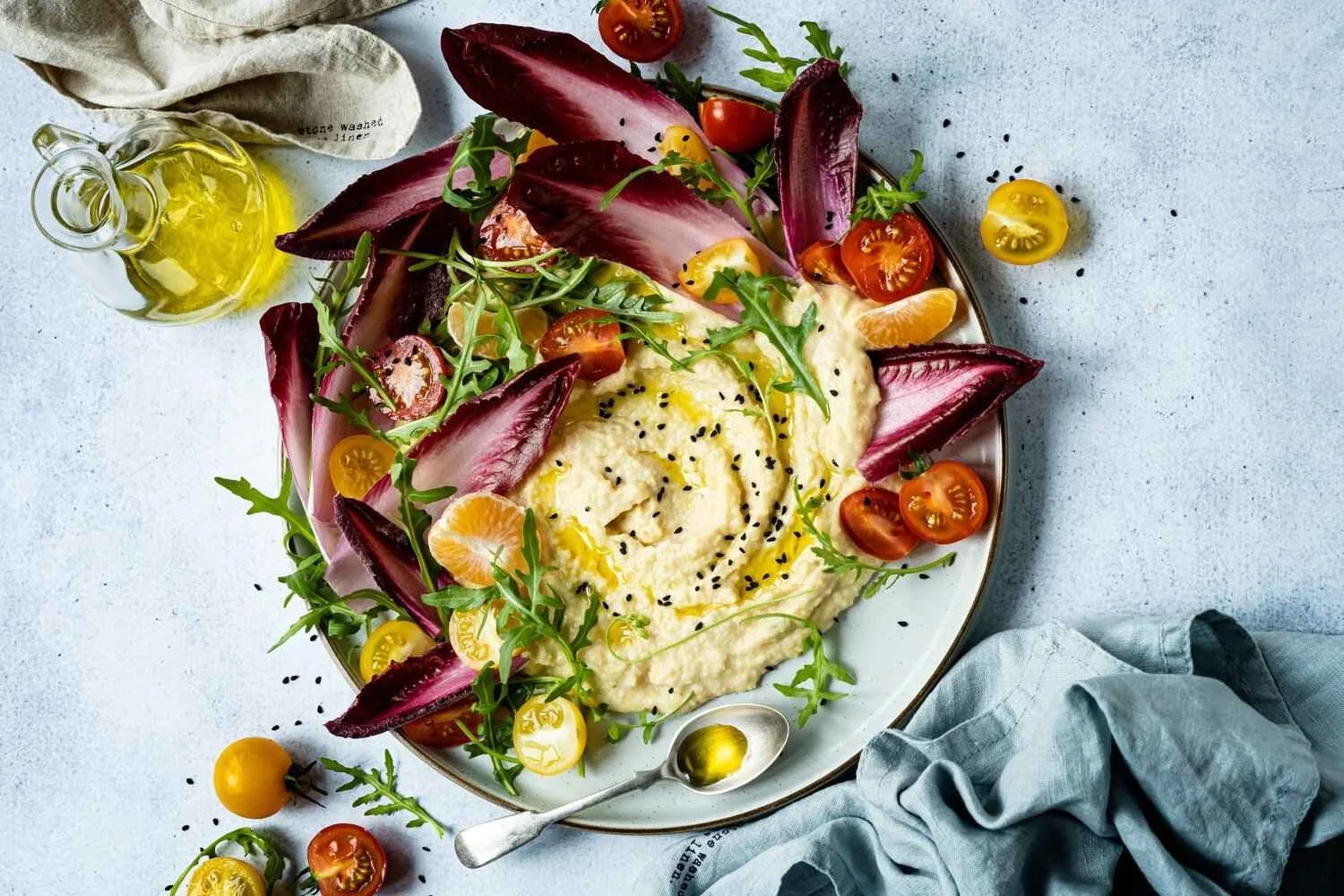The Food Costing Framework
In this quick guide, we’ll show you how to accurately calculate your food costs so you have the clarity to minimize expenses, increase margins, and build a more profitable business.
The average food cost percentage for restaurants sits between 28% and 32% of sales, with some business models reaching as high as 45%. Without precise calculations, you’re left to rely on intuition and guessing when it comes to making changes that decrease your food cost percentage and increase margins.
Use this checklist + formula + template to discover your true costs and margins so you always have the clarity you need to control costs and make meaningful improvements in your business.
Food Cost Percentage Isn’t Precise Enough
The standard formula for calculating food cost percentage is helpful as a 3,000-foot view metric. It identifies the margin of your complete menu, but it doesn’t answer why your margins are what they are. This means you cannot proactively identify high and low-margin recipes, make improvements at the recipe level, and create a stronger menu mix.
Here’s the formula:
Starting Inventory + Purchasing Inventory - Ending Inventory = Food Cost
11,000 + $7,000 - $15,000 = $3,000 food cost
Food Cost / Total Food Sales = Food Cost Percentage
($3,000 / $8,000) * 100 = 37.5% food cost percentage
You can make adjustments to your menu and cross your fingers that it makes a positive difference over the next week or two, but that’s a slow method that’s bound for inefficiency and disappointment. It leaves you unable to make changes confidently in the moment.
That’s why we strongly suggest costing your food on a per-recipe level to unlock the most actionable food costing insights.
Food Costing Checklist
Every menu item will have its own profit margin percentage based on the ingredients used and vendors sourced from. The more precise you can be at a per-recipe level, and not just with the business Cost of Goods Sold overall, the more empowered you are to optimize individual recipes for increased margins.
Here’s what you need to cost your food:
Ingredient — Name the ingredient
Unit — The metric used to measure the ingredient
Quantity — The number of units used in a recipe
Pack Size — The number of units that come in an ingredient pack
Pack Price — The cost of an ingredient pack
Cost per Unit — The cost of an individual ingredient unit
Trim Yield — Unused portion of an ingredient during preparation
When you’ve collected this food data from your recipes and vendors, you’re all set for calculations. There are two methods you can use.
Method 1: Use a food costing formula (hard)
Method 2: Use a food costing template (easy)
We’ll show you how both work.
Method 1: Recipe Costing Formula
Most ingredients have portions that are not used in the recipe. To find the cost of these unused ingredients (Trim Yield), start with this formula.
(Used Ingredient / Total Ingredient) * 100 = Yield %
(3 oz mushroom / 3.3 oz mushroom) * 100 = 90% yield (10% trim yield)
This means for every 3 oz of mushrooms you need in a recipe, you need to purchase 3.3 oz to account for a 10% trim yield. Note: your trim yield may be different between different styles of preparation (chopping, peeling, washing).
To calculate your recipe costs, use this formula.
Add (Cost per Unit * Units) for all ingredients + (Cost per Unit * Trim Yield %) for all ingredients = Recipe Cost
($3.00 per oz mushroom * 3 oz) + ($3.00 per oz mushroom * 10%) = $9.90 recipe cost
To calculate your recipe cost percentages, use this formula.
(Recipe Cost / Recipe Revenue) * 100 = Recipe Cost Percentage
($9.30 / $17.95) * 100 = 51.8% recipe cost percentage
For this method to work, you must diligently keep your vendor pricing up-to-date. As vendor prices change, so do your food costs and profit margins. Sometimes they’re dramatic changes, and inaccurate vendor data means inaccurate recipe costing.
Frequently checking in with vendors on pricing is very time consuming, especially if you have more than a few menu items or regularly create and update recipes.
Another challenge is unit conversions. One recipe may measure mushrooms in ounces, while another may measure mushrooms in cups, while another may require liquid ounces of a mushroom sauce. Tracking these across conversions across your menu can feel daunting.
For most food businesses, we suggest Method 2.
Method 2: Automated Recipe Costing Template
We created a template for precise recipe costing that connects to your vendors and keeps prices updated on a daily basis. Simply plug in your recipes, connect your vendors, and calculate your food costs in seconds.
This enables you to do a few things that are impossible with manual calculations:
Check real-time costs. Never guess what you’re earning on your food. No more trying to calculate your food costs for the previous month.
Create more profitable recipes. Make changes to your recipes and see exactly how it impacts the profit margin instantly. Optimize with confidence.
Scale recipes on-demand. What happens if you scale a recipe for a catering event or a family bundle? The template can tell you in seconds.
Set up trim yield once. When you identify your trim yields, they’re automatically calculated behind-the-scenes so you know true costs.
Send us Your Menu and We’ll Put it in the Galley Template for You
No strings attached. Quick and easy.
You send a few recipes
Ingredients, units, pack cost, etc.
We’ll plug it all in
Don’t worry about the data entry
Get real time insights
See cost, margins, and more


